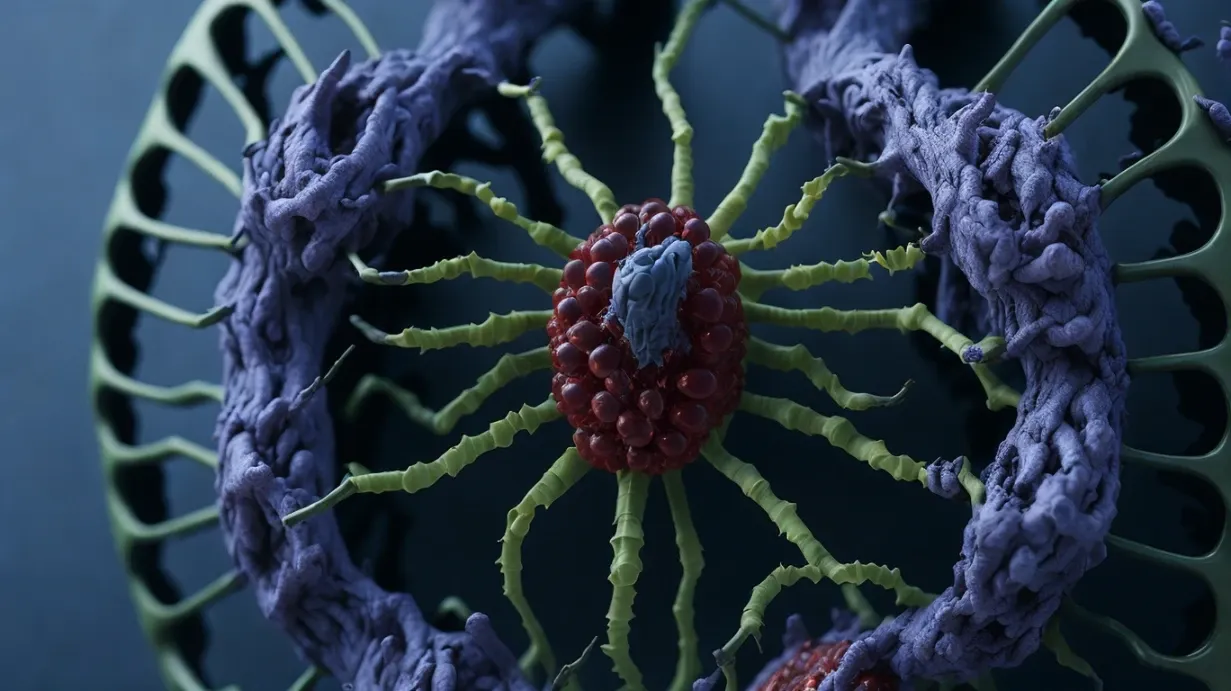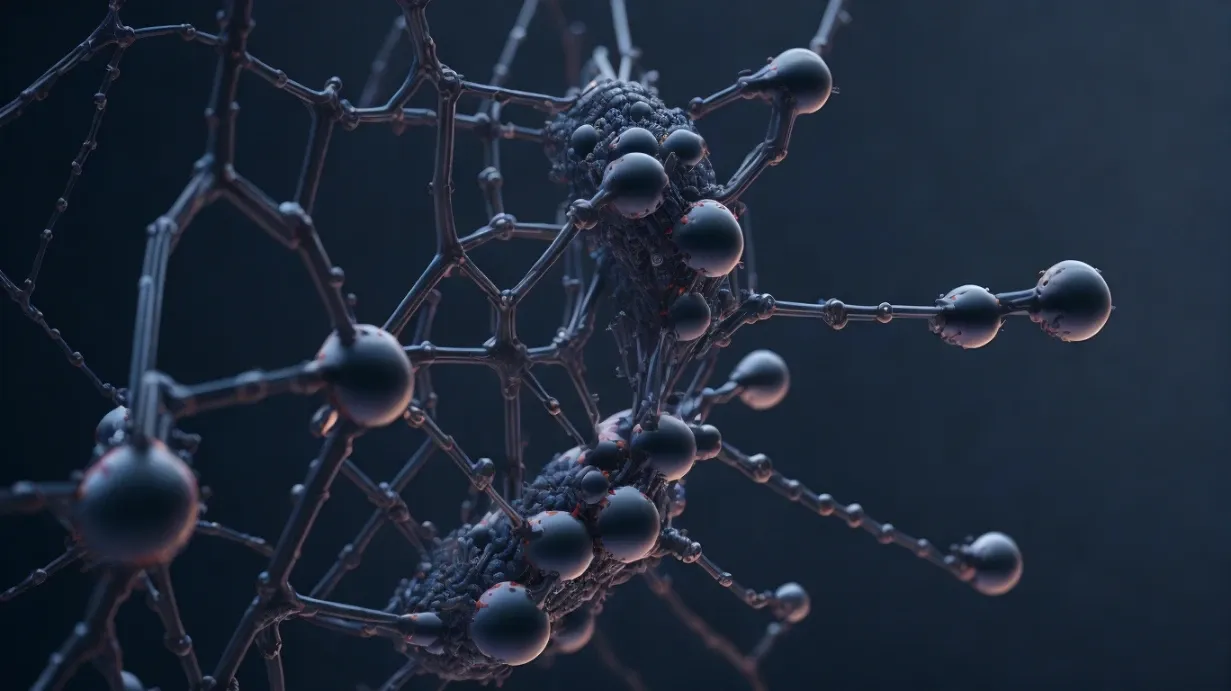The Molecular Impact of Anti-leishmaniasis Drugs on Host Cells
Leishmaniasis often referred to as the "silent destroyer," has long been a thorn in the side of the medical community, Researchers, burning the midnight oil, have been striving to find the silver bullet - an effective vaccine to combat this ailment. But is the end of the tunnel in sight? Recent studies have unveiled the molecular alterations that anti-leishmaniasis drugs induce in host cells, providing a deeper, more intricate understanding of their mechanism of action.
Understanding Leishmaniasis and Its Global Impact
Leishmaniasis, a wolf in sheep's clothing, has its claws in approximately 12 million people worldwide. Found predominantly in 90 countries, especially in tropical and subtropical regions, this disease wears two hats. One being cutaneous leishmaniasis, a mere scratch on the surface, and the other, visceral leishmaniasis, which goes straight for the jugular, impacting the organs. If left untreated, could it be a silent killer? Despite its widespread prevalence, there's no magic potion or licensed human vaccine available. The only beacon of hope is a drug regimen that demands daily injections for several weeks, often casting a shadow with its adverse side effects.
Breakthrough in Vaccine Development
Not resting on their laurels, researchers have recently made significant strides, possibly hitting the bullseye in developing vaccines for leishmaniasis. These vaccines, crafted using mutant disease-causing parasites, have shown rays of hope in animal experiments. The most notable vaccine candidate, the talk of the town, is currently gearing up for a Phase 1 human trial. This monumental progress could be the game-changer in the global fight against the disease.
Molecular Mechanisms Unveiled
Peeling back the layers, a deeper dive into the research reveals the intricate dance of molecular mechanisms these vaccine candidates perform. Developed using mutant parasites, these vaccines induce specific molecular changes in host cells, setting the stage for a robust immune response. Abhay Satoskar, a beacon in the field and a professor of pathology at The Ohio State University College of Medicine, emphasized the distinct molecular mechanisms these vaccines employ. He stated, "While these vaccines might be the talk of the town, their inner workings, their mechanisms at the molecular level, can be as different as chalk and cheese."
Innovative Techniques and Their Implications
The primary vaccine, the brainchild of innovative thinking, was developed by editing the genome of Leishmania major. This parasite, often the culprit behind cutaneous leishmaniasis in the Eastern Hemisphere, met its match. A backup vaccine, crafted using Leishmania mexicana, a more virulent species found across the Americas, was also introduced. The research team, thinking outside the box, employed the CRISPR technique to delete the centrin gene from the genomes of both these parasites. This gene, the linchpin of the parasite's physical structure, was removed, rendering the parasites ineffective and making them ideal candidates for vaccine development.
Metabolic Effects and Immune Response
Diving deeper, the research explored the metabolic effects of these vaccines. The L. major vaccine, not just a one-trick pony, was found to promote a pro-inflammatory metabolic response in mice. It utilized the amino acid tryptophan, a key player, to inhibit signals from molecules that suppress immunity. On the flip side, the L. mexicana vaccine activated a cascade of metabolic reactions, bolstering the pro-inflammatory actions of frontline immune cells.
Future Directions and Implications
With the ball now in their court, understanding the molecular mechanisms of these vaccines is paramount for their development and optimization. While the red tape of regulatory approval for these vaccines doesn't mandate this intricate knowledge, it's the ace up the sleeve for enhancing vaccine efficacy. Satoskar, with a glint in his eye, highlighted the pressing need for newer drugs for leishmaniasis and emphasized the untapped potential of this knowledge in paving the way for novel therapeutic agents.
FAQs
What exactly is leishmaniasis?
Often dubbed the "silent affliction," leishmaniasis is a disease caused by the Leishmania parasite. It primarily wreaks havoc on the skin, leading to disfiguring lesions. Another form, visceral leishmaniasis, goes deeper, impacting the organs and can be a ticking time bomb if left untreated.
How does one contract leishmaniasis?
Leishmaniasis sneaks in through the bite of infected sand flies, making these tiny creatures the harbingers of this disease.
Are there any treatments available for this ailment?
Yes, there's a glimmer of hope. A drug treatment is available for the skin lesions caused by leishmaniasis. However, this treatment, though a beacon, requires daily injections for several weeks and often comes with a cloud of unpleasant side effects.
What's the latest buzz in leishmaniasis vaccine development?
Researchers have been burning the candle at both ends and have developed vaccines using mutant disease-causing parasites. These vaccines have been the silver lining in animal experiments, with the most promising candidate now gearing up for a Phase 1 human trial.
How do these newfangled vaccines for leishmaniasis work at the molecular level?
These vaccines, in all their glory, induce specific molecular changes in host cells. This sets the stage for a robust immune response, ensuring that each vaccine, though cut from the same cloth, employs distinct molecular mechanisms to achieve this feat.



